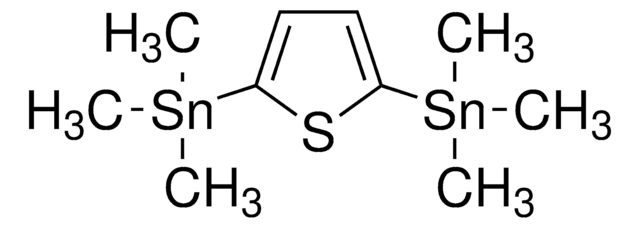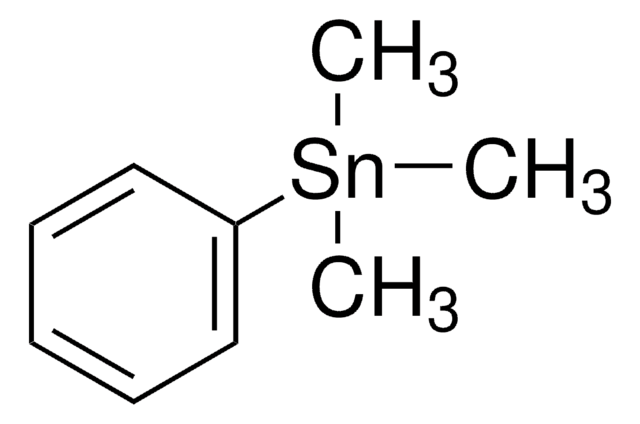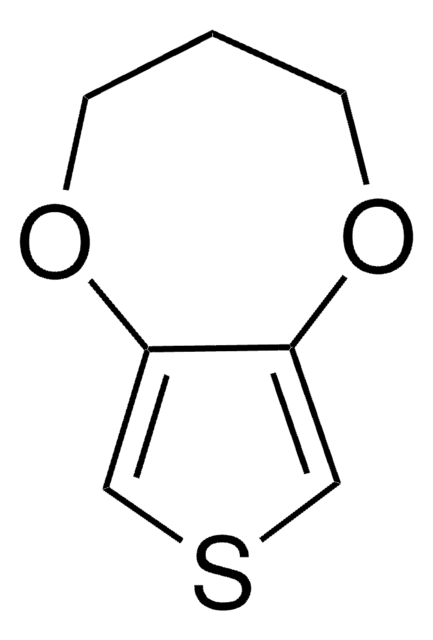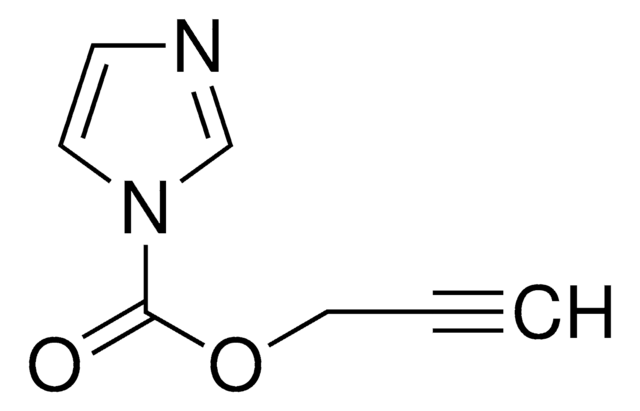AB9728
Anti-S100A12 Antibody
Chemicon®, from rabbit
Synonyme(s) :
EN-RAGE, Extacellular newly identified RAGE-binding protein, CAAF1, Calcium-binding protein in amniotic fluid-1, Calgranulin C, Calgranulin-related protein, CGRP, Cornea-associated antigen, CO-Ag
About This Item
Produits recommandés
Source biologique
rabbit
Niveau de qualité
Forme d'anticorps
affinity isolated antibody
Type de produit anticorps
primary antibodies
Clone
polyclonal
Produit purifié par
affinity chromatography
Espèces réactives
human
Fabricant/nom de marque
Chemicon®
Technique(s)
ELISA: suitable
immunohistochemistry: suitable
western blot: suitable
Numéro d'accès UniProt
Conditions d'expédition
dry ice
Modification post-traductionnelle de la cible
unmodified
Informations sur le gène
human ... S100A12(6283)
Catégories apparentées
Description générale
Foell, D. et al. (2003). Expression of the pro-inflammatory protein S100A12 (EN-RAGE) in rheumatoid and psoriatic arthritis. Rheumatol. 42:1383-1389.
Kaiser, T. et al. (2007). Faecal S100A12 as a non-invasive marker distinguishing inflammatory bowel disease from irritable bowel syndrome. Gut. 56:1706-1713.
Kosaki, A. et al. (2004). Increased plasma S100A12 (EN-RAGE) levels in patients with type 2 diabetes. J. Clin. Endocrinol. Metabol. 89:5423-5428.
Mori, Y. et al. (2009). Increased Plasma S100A12 (EN-RAGE) levels in hemodialysis patients with atherosclerosis. Am. J. Nephrol. 29:18-24.
Spécificité
Immunogène
Application
Neuroscience
Neurochemistry & Neurotrophins
Neuroinflammation & Pain
Immunohistochemistry: fesh frozen, acetone fixed sections 1:100-1:500 using ABC enzymatic detection methods (Srikrishna, G. et al, 2005). Other fixation conditions not yet tested.
ELISA: 1:10,000-1:100,000 against the recombinant human S100A12.
It is expected that the antibody will also work for immunohistochemistry.
Optimal working dilutions must be determined by the end user.
Forme physique
Stockage et stabilité
Remarque sur l'analyse
HL-60 cells, and human PMN/Granulocytes {Vogl, T et al (1999) “S100A12 Is Expressed Exclusively by Granulocytes and Acts Independently from MRP8 and MRP14” J. Biol. Chem. 274(3):25291-25296}.
Informations légales
Clause de non-responsabilité
Vous ne trouvez pas le bon produit ?
Essayez notre Outil de sélection de produits.
Code de la classe de stockage
12 - Non Combustible Liquids
Classe de danger pour l'eau (WGK)
WGK 2
Point d'éclair (°F)
Not applicable
Point d'éclair (°C)
Not applicable
Certificats d'analyse (COA)
Recherchez un Certificats d'analyse (COA) en saisissant le numéro de lot du produit. Les numéros de lot figurent sur l'étiquette du produit après les mots "Lot" ou "Batch".
Déjà en possession de ce produit ?
Retrouvez la documentation relative aux produits que vous avez récemment achetés dans la Bibliothèque de documents.
Notre équipe de scientifiques dispose d'une expérience dans tous les secteurs de la recherche, notamment en sciences de la vie, science des matériaux, synthèse chimique, chromatographie, analyse et dans de nombreux autres domaines..
Contacter notre Service technique







